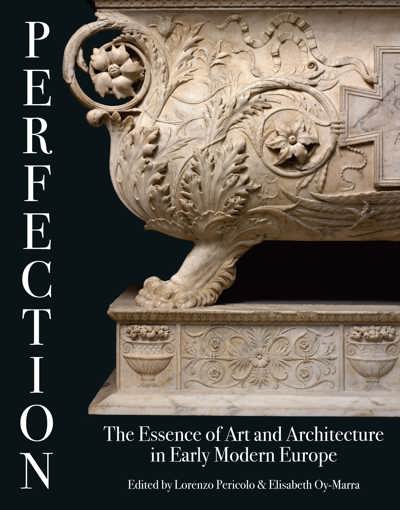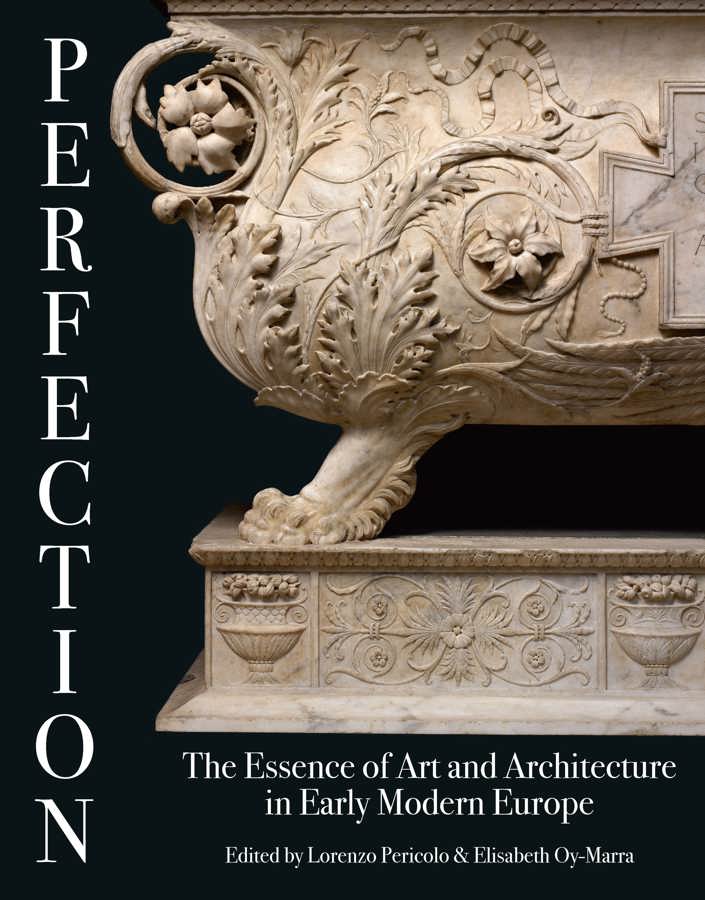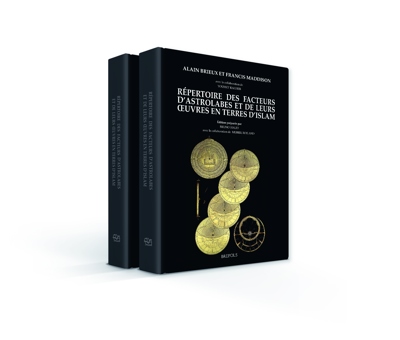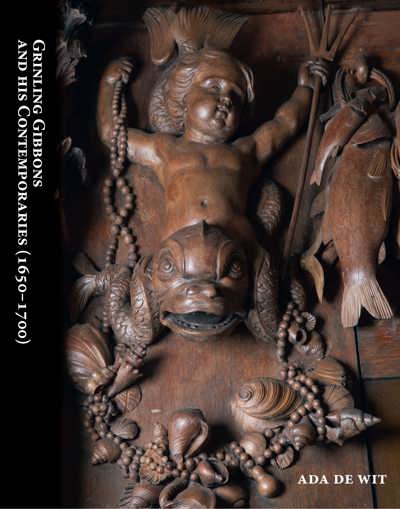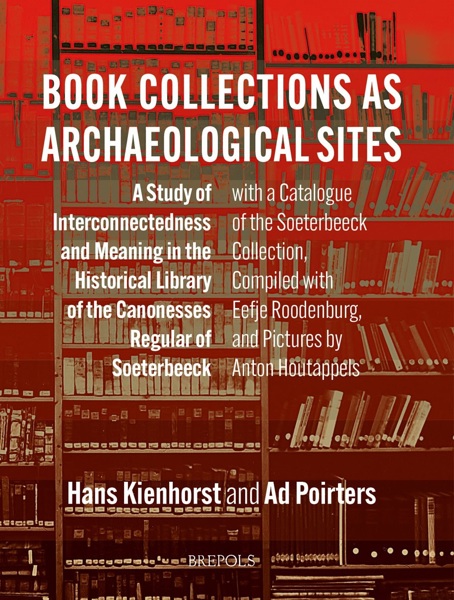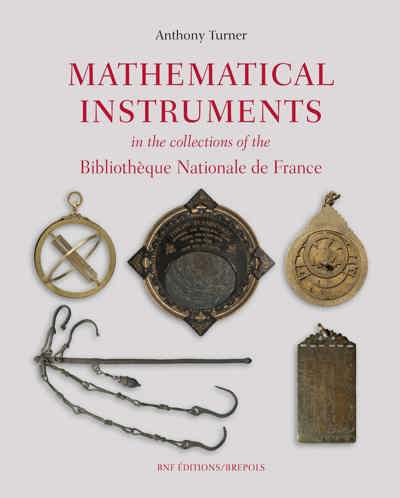
Perfection: The Essence of Art and Architecture in Early Modern Europe
Lorenzo Pericolo, Elisabeth Oy-Marra (eds)
- Pages: 335 p.
- Size:220 x 280 mm
- Illustrations:75 b/w, 75 col.
- Language(s):English
- Publication Year:2019
- € 150,00 EXCL. VAT RETAIL PRICE
- ISBN: 978-2-503-57979-5
- Hardback
- Available
« (…) ce recueil d’articles, qui s’appuie également sur une très bonne bibliographie sur le sujet, donne une bonne vision d’ensemble de la diversité du concept de perfection. » (Michèle-Caroline Heck, dans Histara, 09/10/2020)
Whether a painting, a sculpture, or a building, works of art in early modern Europe must achieve the highest degree of perfection. If in the Middle Ages perfection is mostly perceived as a technical quality inherent in craftsmanship–a quality that can be judged according to often unspoken criteria agreed upon by the members of a guild–from the fifteenth century onwards perfection comes to incorporate a set of rhetorical and literary qualities originally extraneous to art making. Furthermore, perfection becomes a transcendent quality: something that cannot be measured only in terms of craftsmanship. In the Baroque period, perfection turns into obsession as a result of the emergence of historical models of artistic evolution in which perfection is already historically embodied–in the first place, Vasari’s investiture of Michelangelo as a universal canon for painting, sculpture, and architecture. This book aims to define, analyze, and reassess the concept of perfection in the arts and architecture of early modern Europe. What is perfection? What makes a work of art unique, emblematic, or irreplaceable? Does perfection necessarily relate to individuality? Is the perfect work connate with or independent from its author? Can perfection be reproduced or represented? How do artists react to perfection? How do post-Vasarian models of art history come to terms with perfection? To what extent perfection in early modern Europe is the matter of rhetoric, literary theories, theology, and even scientific observation?
Introduction
Measure, Number and Weight: Perfection in Medieval Art and Thought
Benjamin Zweig
Perfection as Rhetorical Techne and Aesthetic Ideal in the Renaissance Discourse on Art
Valeska von Rosen
Crafting Perfection: Leon Battista Alberti, Language, and the Art of Building
Dario Donetti
The Palindromic Logic of Dürer’s Double-Sided Gift
Shira Brisman
Michelangelo and la cosa mirabile
Victor I. Stoichita
Bronzino’s Beauty
Stuart Lingo
The Perfection of Pictorial Evidence
Klaus Krüger
The Renaissance Masterpiece: Giorgio Vasari on Perfection
Lorenzo Pericolo
Seeking Perfection: Scamozzi in Theory, Practice, and Posterity
Andrew Hopkins
Metaprints in Seventeenth-Century Antwerp
Caroline Fowler
“Per natura capaci di ogni ornamento e perfezzione”: Nicolas Poussin and Perfection
Henry Keazor
The Limits of Perfection: Giovan Pietro Bellori on Celerità and Facilità
Elisabeth Oy-Marra
Passeri’s Prologue, the Paragone, and the Hardness of Sculpture
Estelle Lingo
